
FY2018
We asked several experts about their expectations for TOMY Group’s CSR.
EXPERT COMMENT

Mariko Kawaguchi
Senior Researcher,
Daiwa Institute of Research Group
Upon receiving a Masters’ degree from Hitotsubashi University Graduate School, Mariko Kawaguchi joined Daiwa Securities, where she worked in foreign securities and investment information before transferring to Daiwa Institute of Research, where she was involved in securities analysis, document translation, environmental consulting, CSR and socially responsible investment (SRI) research. She is now Senior Principal of the Institute’s research division, responsible for sustainable investment ESG investment, CSR/CSV, social business, and ethical consumption. Other positions include director of the United Nations Global Compact Network Japan, co-representative director of the non-profit Japan Sustainable Investment Forum (JSIF), a chartered member of the Securities Analysts Association of Japan (SAAJ), and a council member of the Sustainability Forum Japan (Sus-FJ).
To achieve your CSR vision of becoming friends with children, you should disclose contents that show how children think. About your visionWhy not incorporate children’s voices on a par with adults?
Since our Previous discussion, the TOMY Group has created a social responsibility framework that sets out your CSR vision of ’Becoming friends with children around the world’. The decision to seek to achieve that vision by adopting both a top-down approach and a bottom-up approach driven by group-wide projects is so like TOMY and very impressive. Having said that, I feel that your disclosures are still made from an adult’s perspective. If you want to truly become friends with children, I think you should develop contents that show how children think. For instance, why don’t you incorporate children’s opinions in the same way as you would do for adults by appointing child ambassadors or holding child-driven discussion forums? [Reference: the TOMY Group later held Kid’s Symposium] Also, if you are targeting all children around the world, then why not consider how to approach children who have not yet been able to enjoy playing with toys, such as refugees, financially deprived, or socially withdrawn children? Toys play an important role in the development of a child’s character. Children who have rich memories and a positive experience of playing with toys will probably grow into adults who can help enrich future society. I believe developing a carefully considered vision only toys can achieve will ultimately help meet SDGs Goal 4, contributing to a world where no one is left behind.
Responsible procurement is one of your material issues, and making sure toys are manufactured under fair working conditions is extremely important. If you are found to be even indirectly involved in child labor somewhere along your supply chain, it would have a significant negative impact on your long-cultivated brand image of cherishing children. You must have a detailed grasp of labor conditions across your entire supply chain. As for environmental management, another one of your material issues, even though it is difficult to reduce CO2 emissions because you typically use many different materials in multiple types of toys, there are lots of other things you can do. As the movement to reduce plastic use grows around the world, you should be thinking about waste products resulting from package crushing or inventory adjustment, and focusing increasingly on reducing industrial waste. You will also have to substitute some materials to reduce plastic use. Simplifying your packaging is another important endeavor. I can understand the desire to increase the anticipated thrill of a toy with impressive wrapping and packaging, but Japanese manufacturers overwrap most products so there is plenty of room to innovate in this area. I think kids might also feel a little reticent if they knew a new toy they’d received generated a lot of trash.
As the TOMY Group continues to develop its global operations, formulating a solid response to gender perspectives will become increasingly important. It is really impressive to see some of your latest gender-neutral product development, including the recent appearance of the Itamae-san LICCA doll in a sushi-go-round restaurant setting. I would advise you to remove boys and girls toy demarcations as soon as possible and expand toys that are unfettered by any stereotypical gender roles. I would like to see you review and improve your systems for developing gender-neutral products and promoting group-wide information sharing. I would also like the entire TOMY Group to aggressively incorporate gender perspectives in its product development decision-making process, and strive to create toys that nurture a sustainable spirit.
[Reference: The TOMY Group later held Kid’s Symposium.]
EXPERT COMMENT

Hidemitsu Sasaya
Visiting Professor,
The Graduate School of Information & Communication CSR/SDGs Consultant
After graduating from the University of Tokyo, Hidemitsu Sasaya entered the Japanese Ministry of Agriculture and Forestry in 1977 (currently Ministry of Agriculture, Forestry and Fisheries, MAFF). He served as Deputy Director-General for the Ministry of the Environment, Deputy Director-General for MAFF, and Bureau Chief of the Kanto Regional Forest Office before leaving the ministry and joining the multinational drinks company ITO EN, LTD. in 2008, where he served as a board member and managing executive officer until April 2019. Since then, he has been applying his ministry and business experience in his current role as a widely active CSR/SDGs advisor and consultant, with a particular focus on increasing corporate value by improving company branding and employee morale.
Sasaya Hidemitsu’s official website(in Japanese): https://csrsdg.com/
Formulate TOMY’s ideas in a way that everyone can easily visualize and grasp, and then promote them using the common global language of the SDGs
The TOMY Group has already selected the SDGs goals that resonate most deeply with its core business, and incorporated them into its social responsibility framework. Looking ahead, why don’t you create a matrix of your business and the 169 targets of the SDGs as part of the process of defining your material issues. That will ensure you have a comprehensive grasp of all the areas you could contribute to through your business, and also help you pinpoint your group’s special qualities.
Be conscious that the SDGs can assist the formation of branding strategies, and use them as a tool for both seeking opportunities and managing risks. For instance, you have incorporated six goals into your social responsibility framework, with Goal 4 on quality education being one that TOMY can contribute to on a broad scale. High-grade toys packed with science and cultural features are a great example of high-quality education. Being able to educate children using familiar toys is an extremely important plus-point for TOMY’s CSR. Fostering future generations to create a sustainable society is a strong focus within the SDGs, and TOMY can also contribute greatly to nurturing next generations for the Society 5.0*1 that the Japanese government is promoting. Your work surrounding accessible-design toys represents the inclusion promoted by the SDGs’ ambition of “leaving no one behind” and should be launched globally. Enabling all children to experience the joy of toys is a way of promoting quality education (Goal 4) through your business, and indirectly contributing to other goals. That will ultimately help improve your corporate brand. As for the environment-related goals, you should consider that other global companies have already made concrete commitments, and think hard about the approach you want to take. In particular, you will expose yourself to various risks if you do not adopt a firm approach towards supply chain management from both an environmental and social perspective.
As common global language, the SDGs can serve as a great communication tool for children and adults alike. We haven’t yet spoken about the dreams we will have once we’ve attained the 17 SDGs goals and realized a society where no one is left behind. Maybe TOMY should declare an 18th goal for “Dreams”! It is also important to encourage internal consensus and conviction so that all staff can declare that goal in a common language. I want to see TOMY organize its dreams and ideas into a package that everyone can easily visualize and grasp, and then enthusiastically promote that identity.
*1 A Japanese societal transformation concept which would forge a fifth new society in human history to follow the hunting & gathering, agricultural, industrial, and information societies. Society 5.0 aims to create new value and services by linking all people and objects through the Internet of Things (IoT) in order to achieve further economic development and solve social issues.EXPERT COMMENT

Mitsuhiro Umezu
President,
Japan Society for Business Ethics
After graduating from Keio University in Tokyo, Mitsuhiro Umezu took a doctorate course at the Loyola University of Chicago in the United States, before accepting teaching posts in universities in the United States and France. In addition to his current work as an associate professor at the Keio University Faculty of Business and Commerce and the Keio University Graduate School of Business and Commerce, he also serves as the president of the Japan Society for Business Ethics, where he examines the type of corporate social responsibility Japanese companies should fulfill, and the most appropriate responses and policies as a way of viewing the various ethical issues that modern companies face from a theoretical, practical, and systematic perspective, along with relevant correlations.
To mark its 100th anniversary, I would like to see TOMY develop as a company that integrates CSR into their management
TOMY is a reputable manufacturer that boasts a long and successful toymaking history in Japan. However, even popular company names and product brands in Japan cannot expect to be accepted in the same way in international markets. If TOMY wants to genuinely pursue international operations as a fresh market, it must be able to clearly convey its corporate stance and philosophy. Showing your commitment to the SDGs would make it easier for you to get your message across and grasp fresh needs, even in unexplored markets.
Among the SDGs, promoting quality education is extremely important. In the 1950s and 1960s, toymaking was Japan’s leading industry. Japan’s advanced toy development inspired greater technological innovation in household electronics and automobiles. Developing new toys globally will enable local children to learn about various scientific and mechanical principles through toys, and grow into adults who can continue to build and develop our society. I believe toys are not just entertainment, but the bedrock of education and future industry.
It is also important to consider the rights of the children who play with toys. While their parents and other adults generally buy toys, we must never forget that the users are children. Children do not have sufficient powers of judgement to determine themselves what is good and bad, but as soon as you tell them something is “a toy,” they immediately want it. A company that promotes excessive advertising could be considered to be taking advantage of children in a weak position. Protecting children, as vulnerable members of society, and doing everything possible to safeguard their rights is a valuable stance.
Company-wide engagement is important to the pursuit of multifaceted CSR. Fulfilling your social responsibility through business will help boost employee motivation, productivity, and brand power over the medium to long term. A commitment from top management is also essential. Are you confident that your directors and other managers really understand the fundamental nature of the SDGs? Research shows that it takes six years for a new systematic CSR approach to benefit sales and brand value. That would coincide with TOMY’s 100th anniversary*2. To mark this impressive milestone, I would like to see TOMY develop as a company that integrates CSR into their management.
*2 Interview conducted December 2018EXPERT COMMENT

Yasuyuki Hoshikawa
Executive Director,
The Accessible Design Foundation of Japan
Yasuyuki Hoshikawa used to regularly visit a day care center for children with severe or multiple disabilities to assist the childcare workers when he was a student. That experience inspired him to join Tomy (currently TOMY Co., Ltd.) in 1980 with the aim of developing toys that children with disabilities could also play with. He progressed from developing specialist toys for children with visual disabilities to developing accessible-design toys that children of all abilities can play with. In 1999, he set up the Accessible Design Foundation of Japan (ADFJ) with the aim of expanding the accessible-design concept to other products and services. ADFJ is currently working with the International Organization for Standardization (ISO) to extend its activities globally.
I would like to see TOMY nurture its own unique adventurous spirit, and create its own targets and roadmaps that embody “fun” from a free-thinking perspective
It was wonderful to look at the TOMY Group material issues and see how much progress had been made in such a short time since you adopted a systematic approach.
However, many companies tend to see aligning with social responsibility guidelines and the SDGs as the ultimate goal. TOMY has been making toys that children love for nearly 100 years now, and boasts many fans among people of all ages. So, instead of just following international frameworks, I would like to see TOMY nurture its own unique adventurous spirit, and create its own targets and roadmaps that embody “fun” from a free-thinking perspective.
Regarding universal design and diversity considerations as well, you shouldn’t simply form initiatives based on existing guidelines. TOMY is the real deal in this field precisely because it is genuinely pursuing a world where all children can have fun playing together, and so it is capable of showing originality.
Many people still think universal design is only for welfare purposes. The accessible-design toys you are currently working on are designed to enable children with hearing or visual disabilities to also join in the fun, but why not explore expanding the range of people who might benefit from these designs? Sometimes you won’t get to learn about the needs of other stakeholders beyond the original target group unless you do that. The TOMY Group has been involved in creating accessible-design toys for approximately 40 years now, but if it feels a sense of duty to protect its past achievements at all costs, it could be difficult to develop something new. While it is important to maintain the good elements of accessible-design toys and all other CSR activities, I hope TOMY has the courage to dismantle certain existing elements and aim for something even more advanced. Also, please instill the conviction among all your employees that TOMY’s CSR is inclusive, free and fun.
Finally, why not consider focusing more on communicating CSR to kids? Many difficult words appear in CSR-related documents. If you can’t find the exact right word, then why not make one up! That’s the kind of free-thinking approach to CSR I would like to see you adopt.

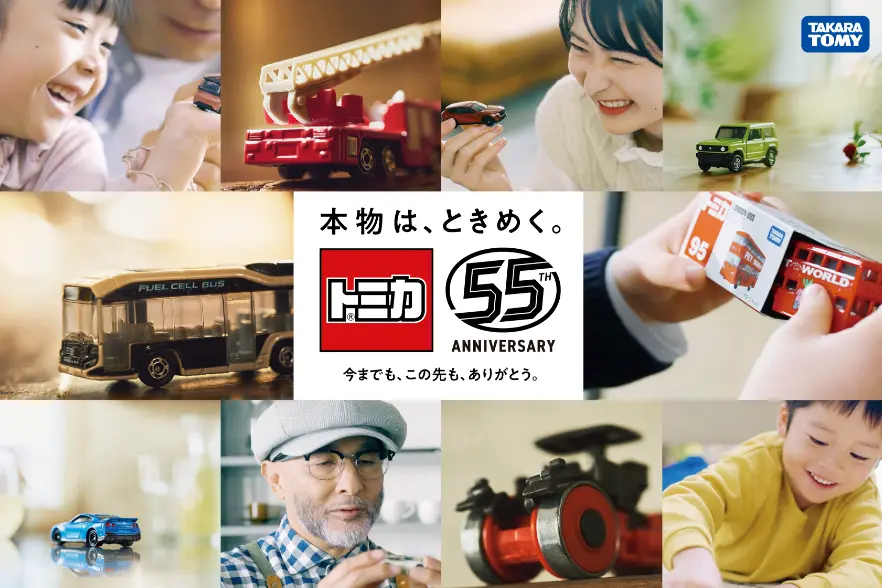
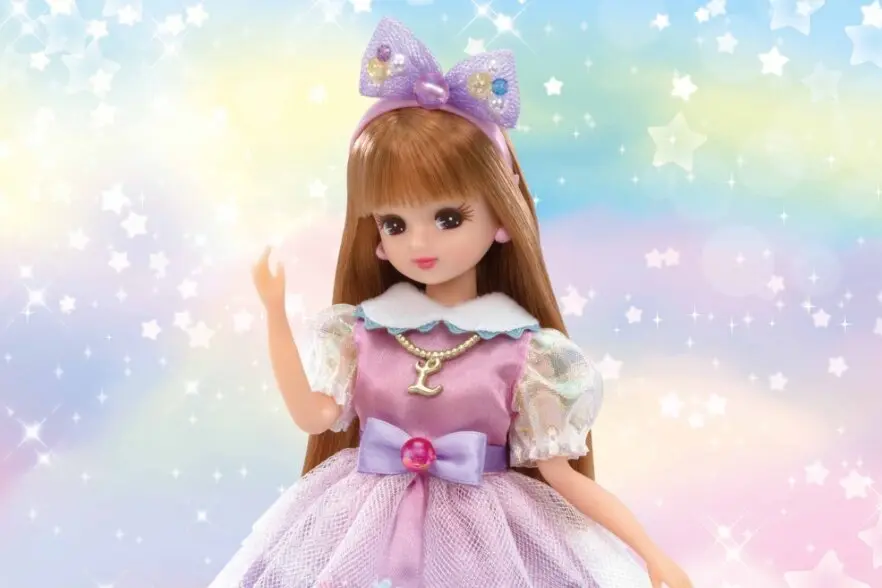
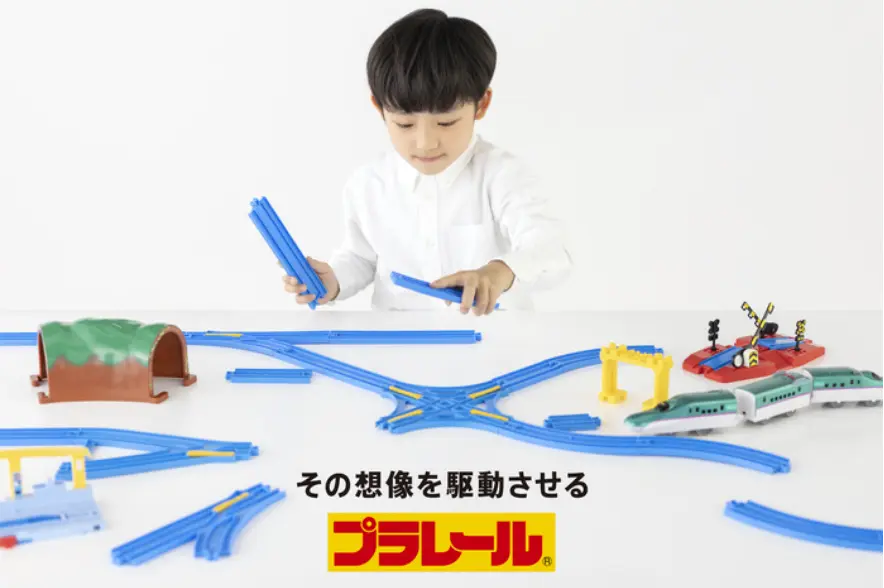
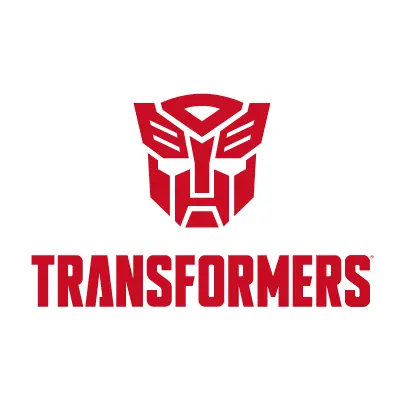

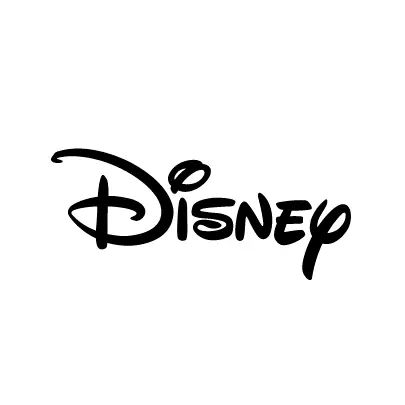
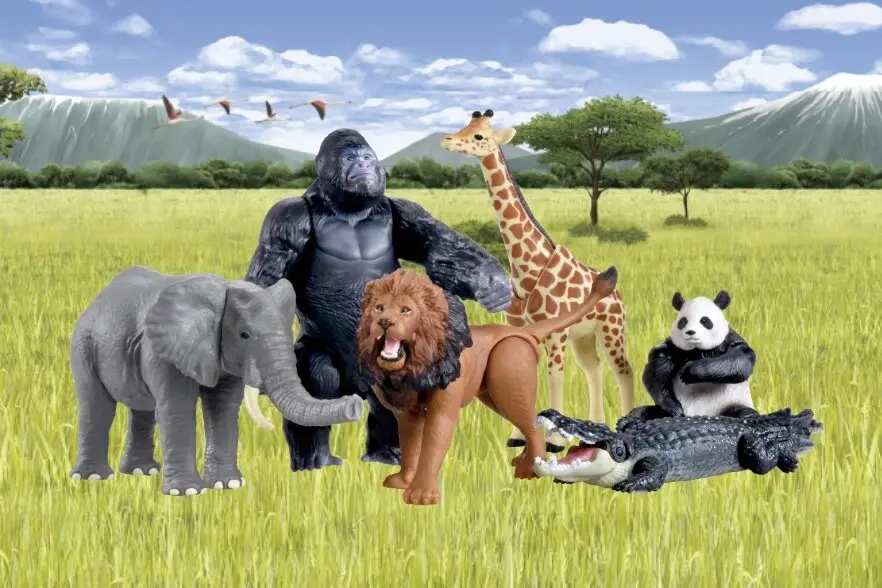
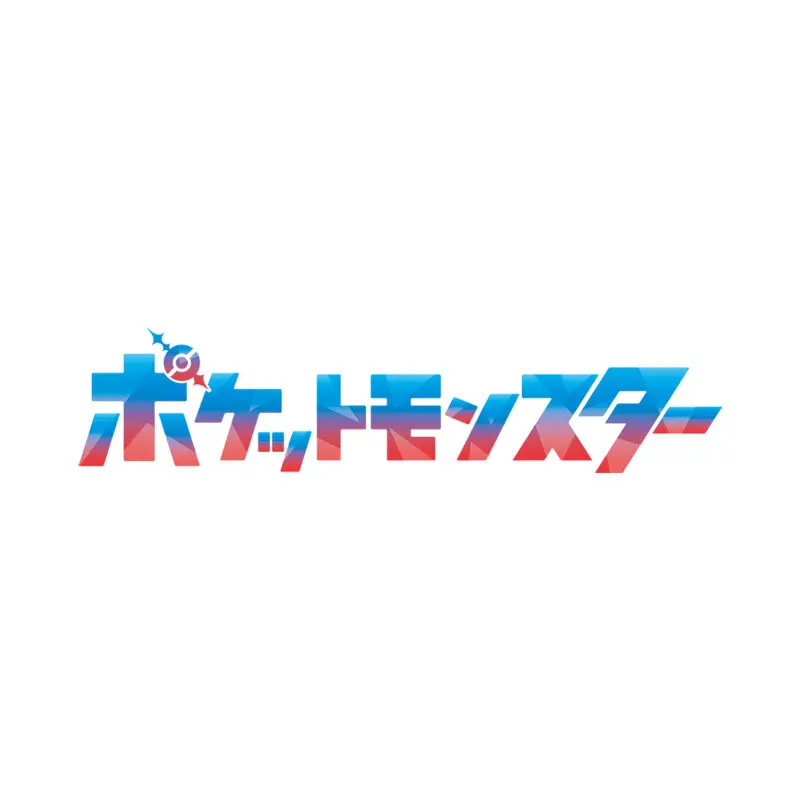
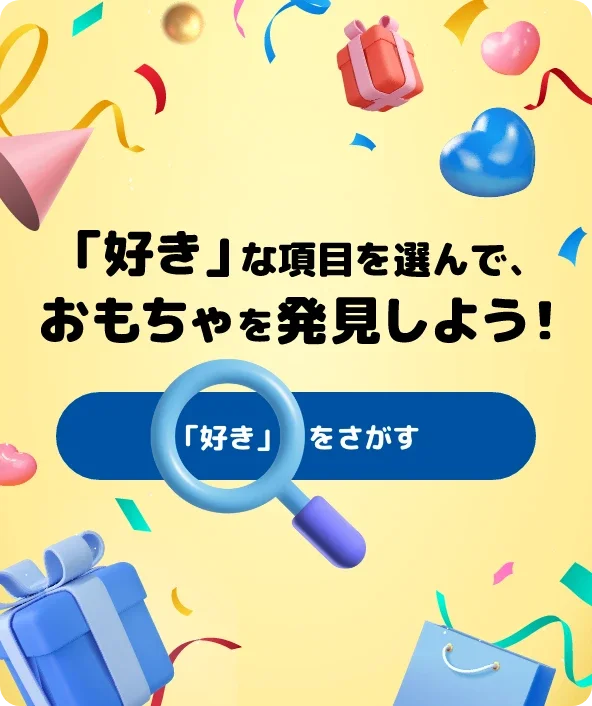
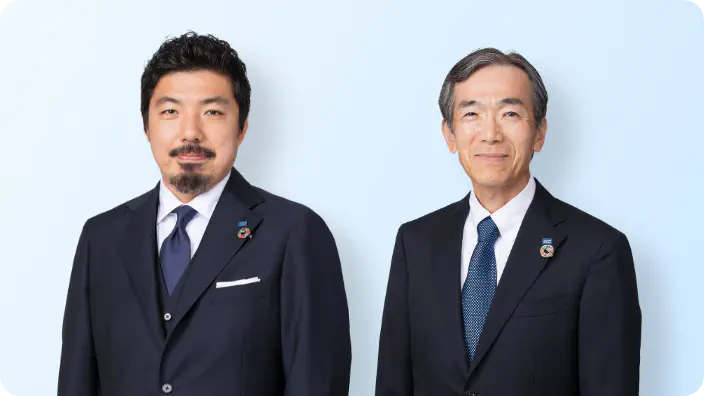


EXPERT COMMENT
Fumiaki Ibuki
Chief Editor, Toy Journal
Fumiaki Ibuki is editor in chief of the toy industry magazine, Toy Journal, founded in 1903. In 1974, he started working in the editorial office of the Tokyo Toy & Doll Cooperative Association’s Toy Journal magazine, rising to editor in chief in 1996. In 2004, he became director-general of the cooperative’s secretariat. For over 40 years, he covered the toy industry and toy companies in Japan and around the world, making recommendations and writing about how to revitalize and advance the Japanese toy industry. He is also involved in various cultural and social action activities in his positions as expert member for the Japan Toy Association, trustee for the Japan Toy Culture Foundation, examiner for subsidized projects at the Japan Toy Library Foundation, and trustee for the Tomiyama Cultural Foundation.
I want TOMY to expand the toy industry’s horizons by investigating the social role and function of toys and responding speedily to social change
I think TOMY should seek fresh opportunities for toys, and that requires strong development prowess. You are currently actively strengthening your development capabilities to expand toy potential, which will not only help TOMY develop, but the whole industry as well, thus contributing to broader society. To that end, you have to consistently research and verify the role and function of toys and play. Partnering with or supporting universities and other educational institutions and researchers in the same field would also be effective.
Each year specialist toy magazine Toy Journal hosts a “top tour” which gathers together managers from across the toy industry to visit top companies and toy associations worldwide. Roughly four years ago, we visited Northern Europe, where interest in social issues runs high. While we were there, we noted various progressive corporate activities, including environmental-conscious material development and product manufacturing, and gender-neutral initiatives. I felt that one tour participant, TOMY chairman Kantaro Tomiyama, was inspired to kickstart his Group’s CSR initiatives in earnest.
Looking at the issue of gender, I think the Japanese toy industry will also be expected to reexamine its separate categories for boys and girls toys. In Europe and the United States, following calls from NGOs, gender labels have been disappearing from toy shops for six or seven years now, and, in 2017, the Toy of the Year Awards in the United States abolished its separate categories for boys and girls toys. Toy companies and retailers are also refraining from using expressions and photographs that encourage gender stereotypes in their catalogs. In the not too distant future, I feel the Japanese toy industry will also have to adopt a similar approach, and since this is a significant issue not just for manufacturers but for retailers too, it will be necessary for all the relevant players to work together. On another point, Europe and other regions have fairly strict regulations regarding advertising for children. In particular, excessive TV advertising for children who have not yet developed a strong ego or powers of judgement is considered to be a significant problem, and we cannot deny the possibility that such pressure will eventually reach Japan.
Amid these changing social trends, you might also adopt an approach that seeks to change society through toys. Toys are miniature versions of society and families, so you could incorporate social and homelife situations into the toy world to help eradicate stereotypes, foster flexible minds, and encourage problem-solving skills through concentrated, earnest play. It might be possible to apply the development and use of new technologies and materials to open up a whole new world of toys and play. For instance, you could suggest entirely new relationships between parents, children and friends, or different eating habits by reflecting modern lifestyles in pretend play toys like LICCA dolls. I would like to see TOMY expand the toy industry’s horizons, starting by communicating the social role of toys to children and broader society.